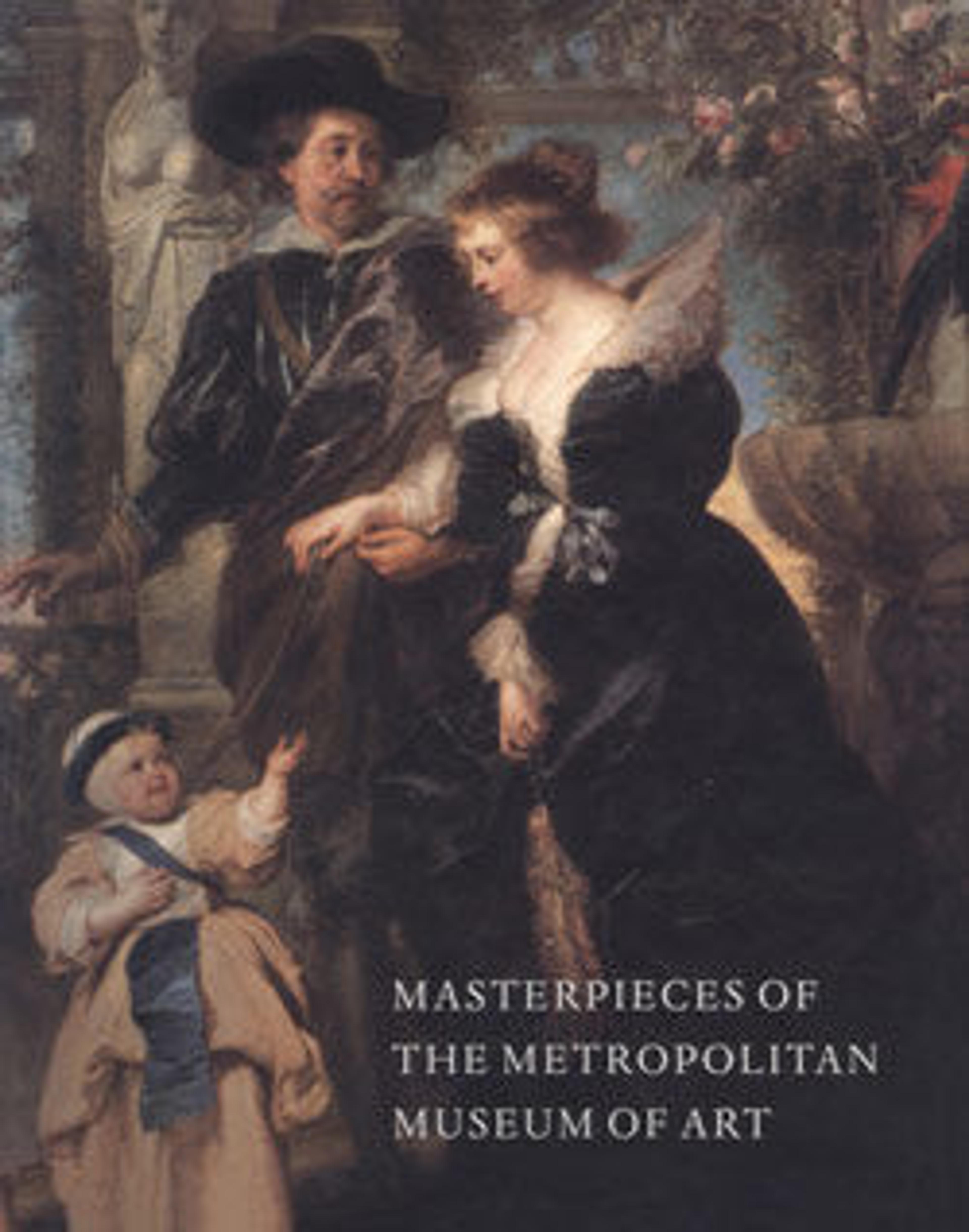Court Robe
This Chinese court robe is approximately the same age as the one used to make the Japanese kesa displayed here, and both are made of brocaded satin. Eight dragons, four seen full-face and four in profile, are visible when the robe is worn. The frontal dragons are on the chest, the upper back, and each shoulder, while the profile dragons decorate the lower part of the robe, one pair confronted on the front and the other on the back. A fifth profile dragon, not seen when the robe is worn, occurs under the front overlap, for a total of nine dragons. In contrast, the kesa features eight dragons, three seen full-face and five in profile; one frontal dragon from a shoulder is missing.
Dragon robes of the Qing dynasty featured comparatively narrow sleeves ending in crescent-shaped cuffs. The robes' decoration was standardized: appropriately placed dragons occurred among clouds at the top of the robe and water, waves, and mountains at the hem.
Dragon robes of the Qing dynasty featured comparatively narrow sleeves ending in crescent-shaped cuffs. The robes' decoration was standardized: appropriately placed dragons occurred among clouds at the top of the robe and water, waves, and mountains at the hem.
Artwork Details
- Title: Court Robe
- Period: Qing dynasty (1644–1911)
- Date: 18th century
- Culture: China
- Medium: Silk and metallic thread
- Dimensions: 56 x 88 in. (142.2 x 223.5 cm)
- Classification: Textiles-Woven
- Credit Line: Bequest of William Christian Paul, 1929
- Object Number: 30.75.107
- Curatorial Department: Asian Art
More Artwork
Research Resources
The Met provides unparalleled resources for research and welcomes an international community of students and scholars. The Met's Open Access API is where creators and researchers can connect to the The Met collection. Open Access data and public domain images are available for unrestricted commercial and noncommercial use without permission or fee.
To request images under copyright and other restrictions, please use this Image Request form.
Feedback
We continue to research and examine historical and cultural context for objects in The Met collection. If you have comments or questions about this object record, please complete and submit this form. The Museum looks forward to receiving your comments.
